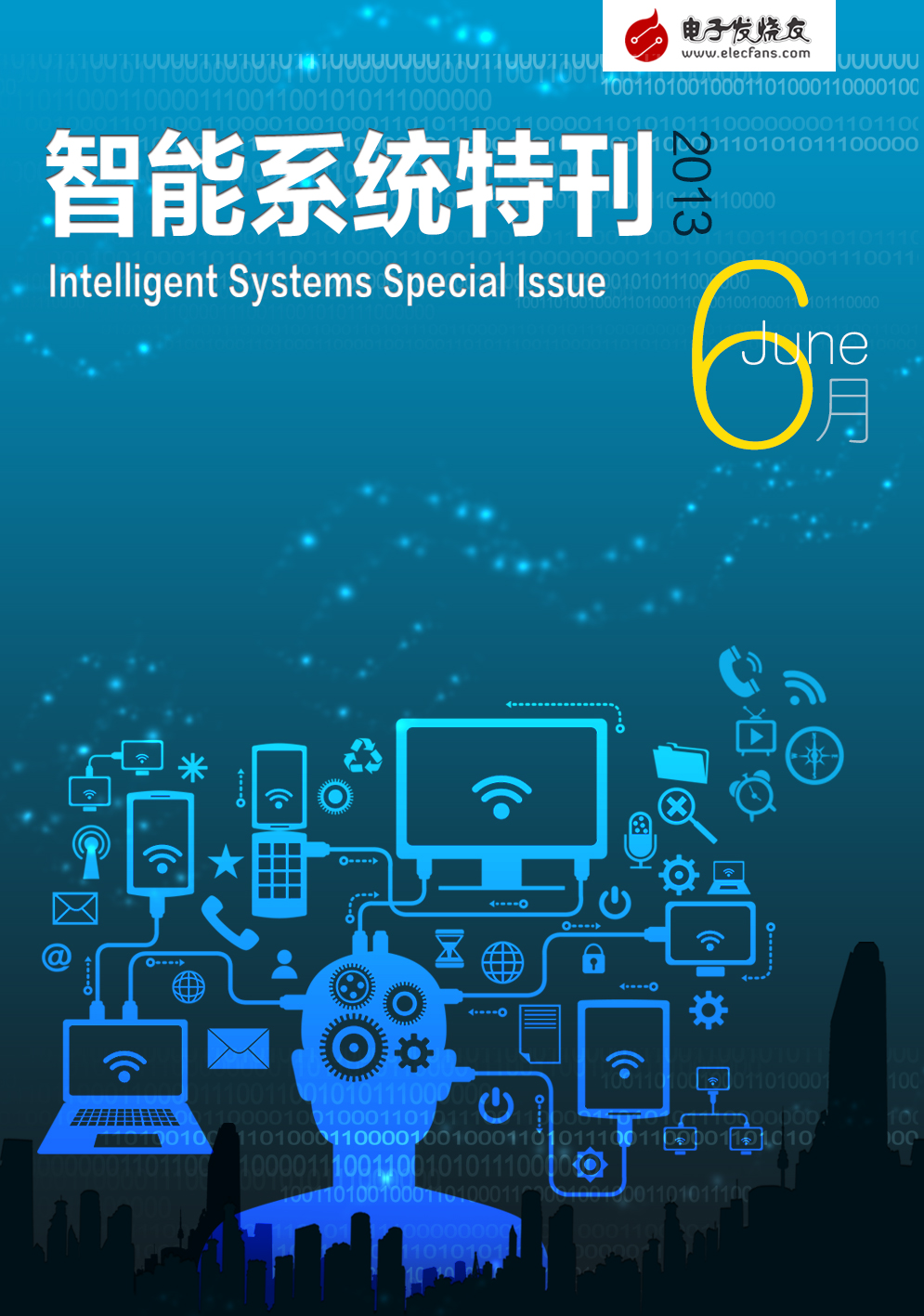One way to make your smartphone smart is to use ambient light sensors and proximity sensors. Ambient light sensors optimize the visibility of the LCD display based on light levels. This way, you can adjust the brightness of the backlight depending on whether you are in a dimly lit place or in bright light. When the phone is close to your ear, the proximity sensor is used to turn off the backlight of the display and disable the touch function to prevent your cheeks from accidentally hanging up. The function of ambient light sensors and proximity sensors is to reduce power consumption and extend battery life.
These sensors are usually placed behind the black glass near the horn. The proximity sensor emits infrared light, which is then reflected back from the object back to the photodiode. If there is no object, no reflection will occur and there will be no signal on the photodiode. However, the infrared reflectance of an object is different. In fact, the color of your skin or hair has a significant impact on the amount of reflected signal.
We use three light cards, white, gray and black, to check the performance of a high-end smartphone. At a distance of about 2 cm, the proximity sensor of the smartphone did not encounter problems when sensing white and gray cards. But the sensor "looks" at no black card. If your hair is black, talking on your phone for a long time, the proximity sensor of the phone may not disable the touch screen, and your phone's power consumption will not drop.
To solve this reflectivity problem, Vishay recently introduced the VCNL4020 and VCNL3020. The VCNL4020 is a fully integrated ambient light and proximity sensor that includes proximity-sensing infrared emitters and photodetectors, ambient light sensors and signal processing functions, all integrated into a single surface mount package. The VCNL3020 functions similarly to the VCNL4020, but with the removal of ambient light sensing. We used VCNL4020 to test the same mobile phone. As a result, the sensor successfully "see" the black card and did not encounter any problems.

A great deal of research has been done on the reflectance of human skin. The main source of skin color is the melanin produced at the bottom of the epidermis. In biological cells called pigment granules, melanin develops toward the surface of the skin. The US Air Force's Major Abel S. Nunez invented an algorithm that predicts the subsequent reflectivity based on wavelength. When the level of pigment particles is increased, skin reflection of visible light and near-infrared light is reduced. The amount of skin reflection reduction in the visible light band is greater than the reduction in the near-infrared band.
This algorithm predicts that people with white skin will have almost twice as much reflection as people with darker skin. As we have shown in our previous experiments with color cards, the ability of the color card to reflect the infrared signal of a smartphone is changing, as is the case for the skin. The ability of a smartphone to receive a reflected signal depends to a large extent on the sensitivity of the proximity sensor used. You can do this experiment yourself. Stand in front of the mirror, call with your mobile phone and bring your phone closer to your ear. Is the touch screen off? If it doesn't, your smartphone may not be as smart as you think.
Author: Jim Toal, Vishay Intertechnology
This article is taken from the June issue of "Electronic System Special Issue" by Electronic Enthusiasts. 
- Electronic enthusiast network copyright, please indicate the source!
HOT SALE,All In One Pc,All In One Pc Gaming,All In One Pc As Monitor,All In One Pc For Business
Guangzhou Bolei Electronic Technology Co., Ltd. , https://www.nzpal.com